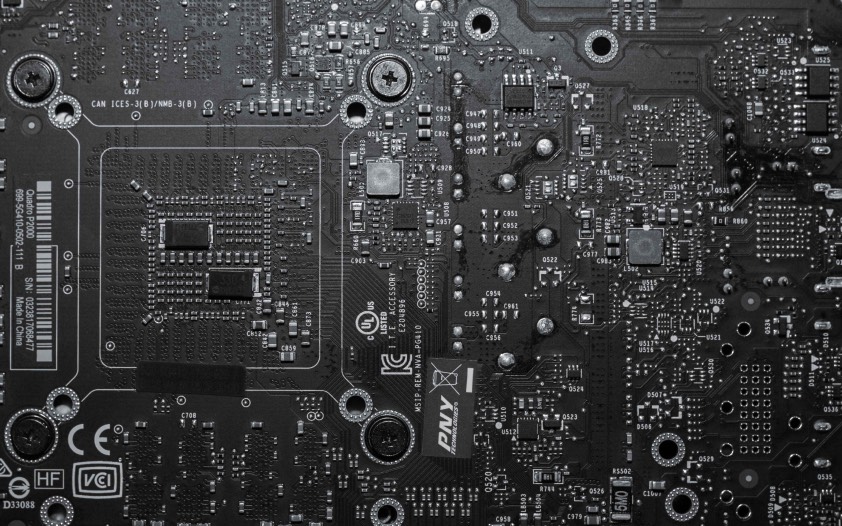
As electronic devices become increasingly interconnected, data security in PCB design has emerged as a critical concern. Integrating robust security measures directly into the PCB design process is essential to safeguard sensitive information and prevent potential breaches.
One fundamental principle in securing PCBs is the implementation of encryption and authentication mechanisms. Integrating cryptographic components directly onto the PCB ensures data confidentiality and authenticity. This involves secure key storage, encryption algorithms, and secure authentication protocols to prevent unauthorized access.
Physical security measures also play a pivotal role. Hardware security modules (HSMs) and secure elements embedded within the PCB enhance tamper resistance, protecting sensitive data even if the device is physically compromised. These elements are designed to resist attacks and prevent extraction of critical information.
Secure communication protocols are vital in ensuring data integrity during transmission. Implementing secure communication interfaces on the PCB, such as SSL/TLS or secure VPN connections, safeguards data against interception and tampering.
Furthermore, adhering to established security standards and certifications is imperative. Compliance with standards like ISO 27001 or NIST guidelines ensures that PCB designs meet industry-recognized security benchmarks.
The principle of least privilege should guide PCB design. Restricting access and providing only essential privileges to users or components within the circuit minimizes potential attack surfaces and reduces the risk of unauthorized data access.
Regular security audits and testing are essential for evaluating the effectiveness of security measures. Vulnerability assessments and penetration testing identify weaknesses in the PCB's security infrastructure, enabling timely mitigation of potential risks.
In summary, prioritizing data security in PCB design involves a multifaceted approach. Implementing encryption, authentication, physical security measures, secure communication protocols, adhering to standards, and conducting regular security assessments collectively contribute to creating secure circuit boards that protect sensitive data from emerging threats.